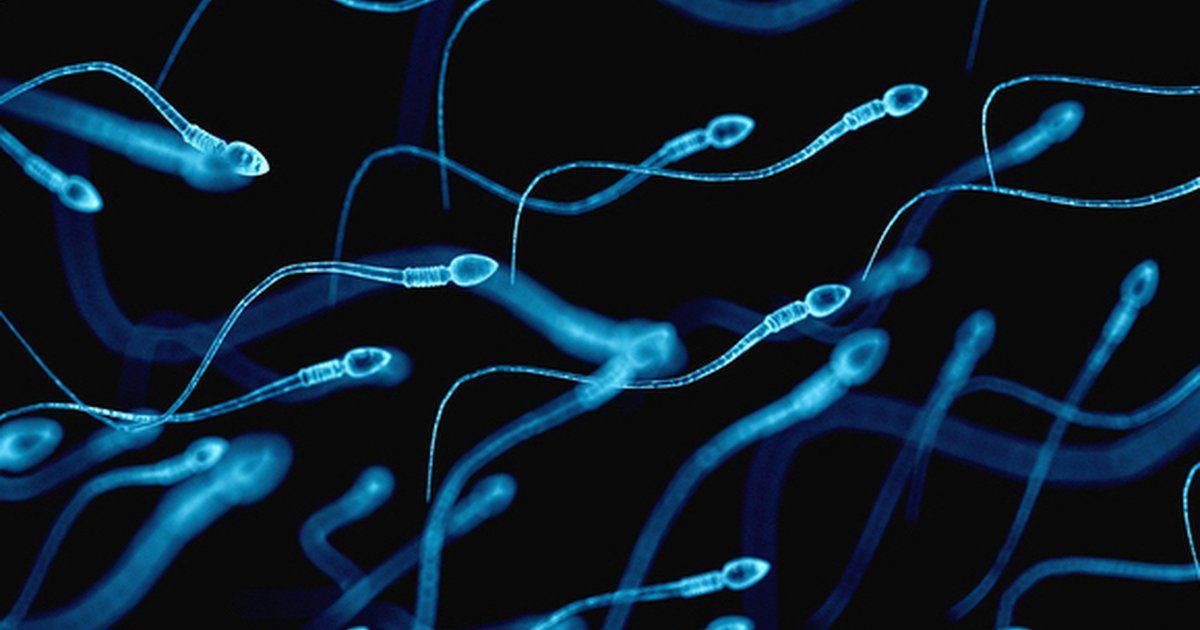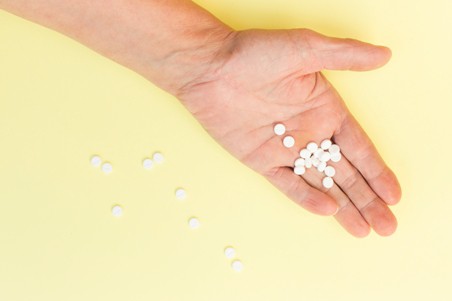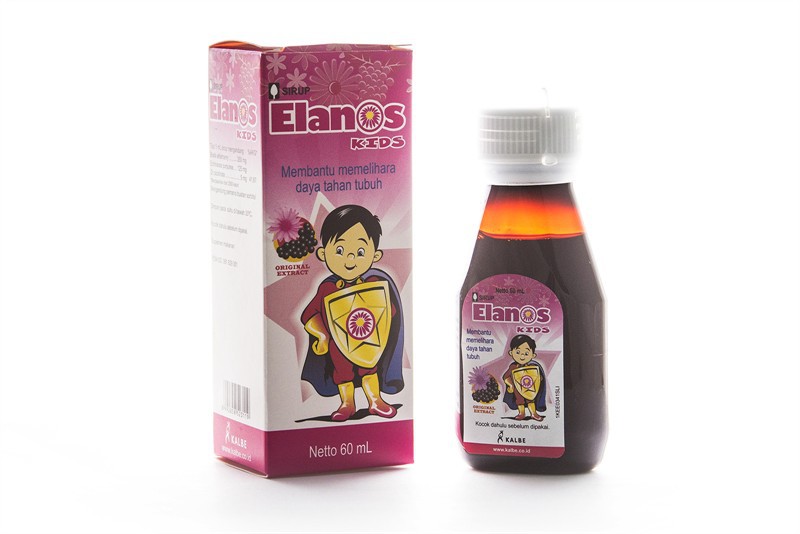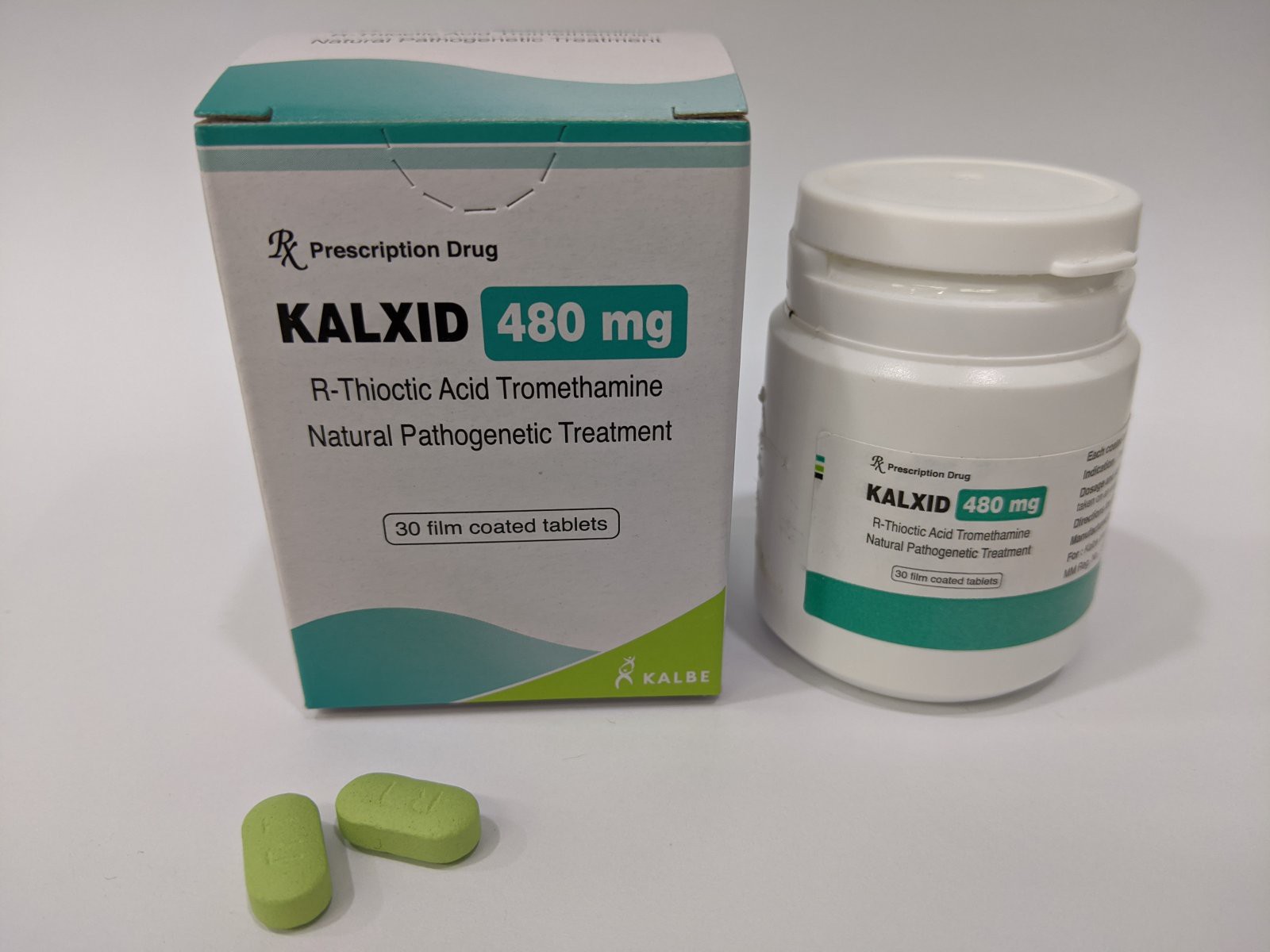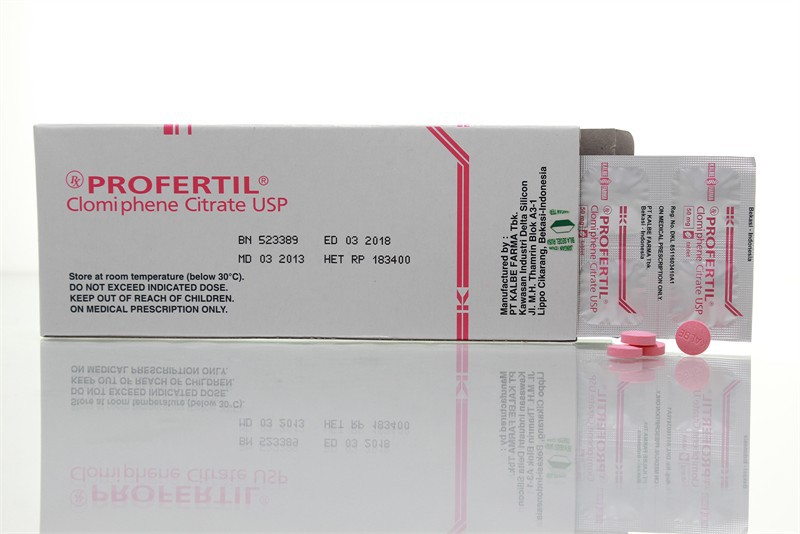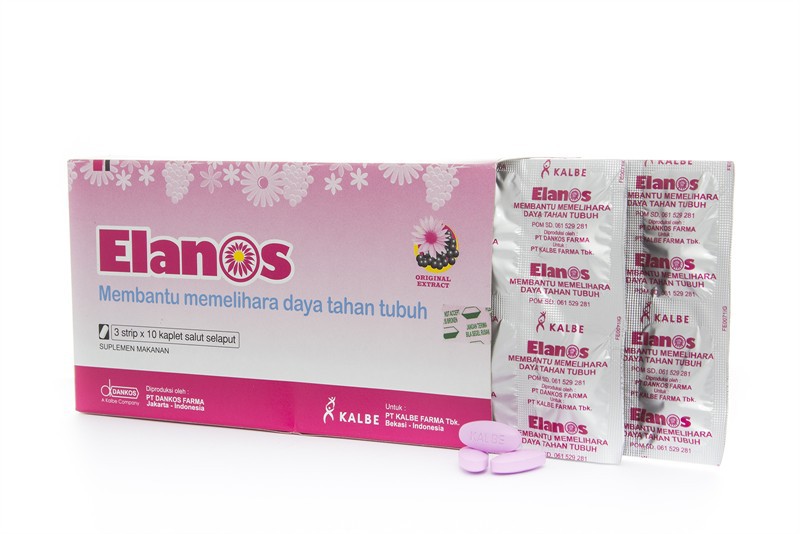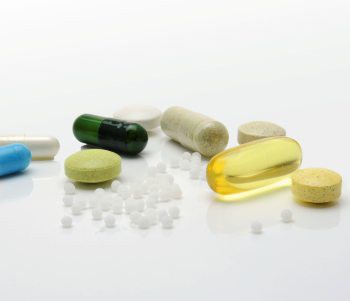
One of the leading causes of male infertility is abnormal or damaged sperm. Oligozoospermia or low sperm count is the leading cause of 90% of male infertility. The integrity of sperm DNA is essential for successful fertilization and normal development of the embryo. Sperm oxidative stress is associated with decreased sperm motility, decreased acrosome reactions, DNA damage, and lower implantation rates.
Antioxidants act as free radical scavengers (ROS), which protect sperm from oxidative stress. These antioxidants are superoxide dismutase (SOD), catalase (CAT), and glutathione peroxidase (GPx). Semen contains various non-enzymatic antioxidants such as vitamins C and E, pyruvate, glutathione, and carnitine. A significant component of sperm damage induced by ROS is sperm lipid peroxidation. Malondialdehyde (MDA) is a parameter of the level of lipid peroxidation.
A study was conducted in two groups: infertile men (n = 40) and fertile men (n = 40), and laboratory tests were carried out on blood and semen. The study examined levels of MDA, CAT, GPx, SOD, Vit-C, Vit-E, and their correlation with male infertility. Semen samples were obtained after at least 72 hours (3-4 days) of sexual abstinence. Blood samples were taken for measurement of oxidative stress and antioxidants.
As a result, it was found that semen malonaldehyde (MDA) levels were significantly higher in infertile men than fertile men and significantly lowered serum antioxidant levels in infertile men than infertile men.
These studies concluded that oxidative stress is associated with low sperm quality and contributes to male infertility. Antioxidant supplementation is considered to improve male infertility, and the measurement of malondialdehyde (MDA) can be helpful as a diagnostic tool for assessing oxidative stress.
A review also discusses antioxidant therapy in male infertility. Typical oral antioxidant therapies are vitamin C alone, vitamin E alone, or a combination of vitamins C and E. Vitamins C and E work synergistically and have been reported to have complex antioxidants reducing sperm DNA fragmentation (SDF) and increasing clinical pregnancy rates. Zinc is an essential element for spermatogenesis and sperm DNA synthesis. Selenium is also a necessary component of the selenoprotein GPx. Several studies have reported that antioxidants combined with zinc and selenium might decrease SDF and increase clinical pregnancy rates.
Image : Ilustration (www.freepik.com)
References:
- Ambad RS, Butola LK, Bankar N, Mahakalkar C. Oxidative stress and anti oxidant status in male infertility. Eur. J. Mol. 2021;8(1):340-38.
- Takeshima T, Usui K, Mori K, Asai T, Yasuda K, Kuroda S, et al. Oxidative stress and male infertility. Reprod Med Biol. 2021;20(1):41-52.

